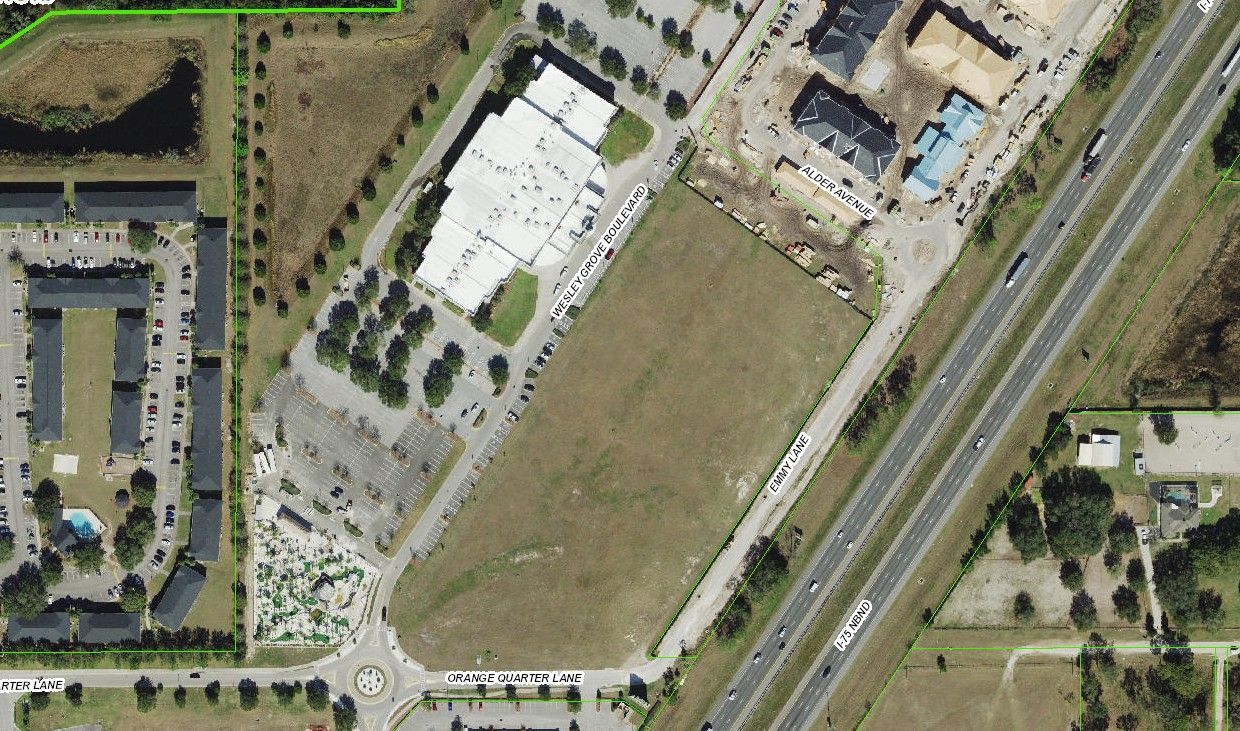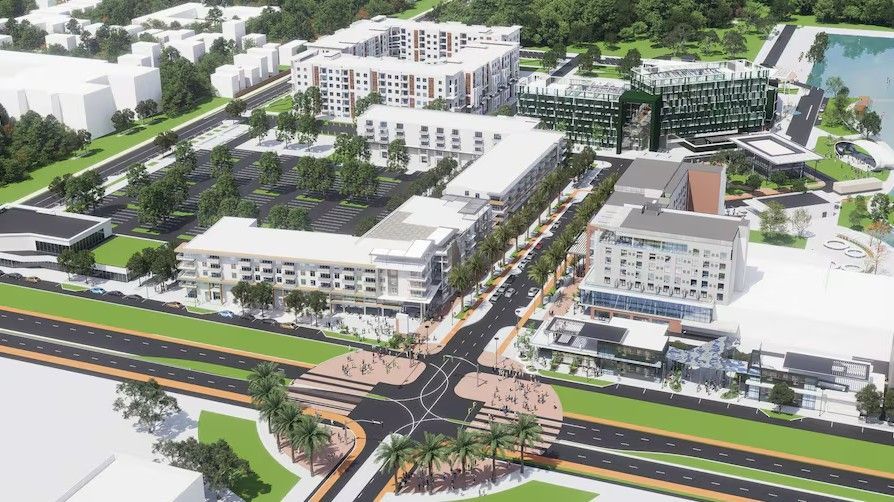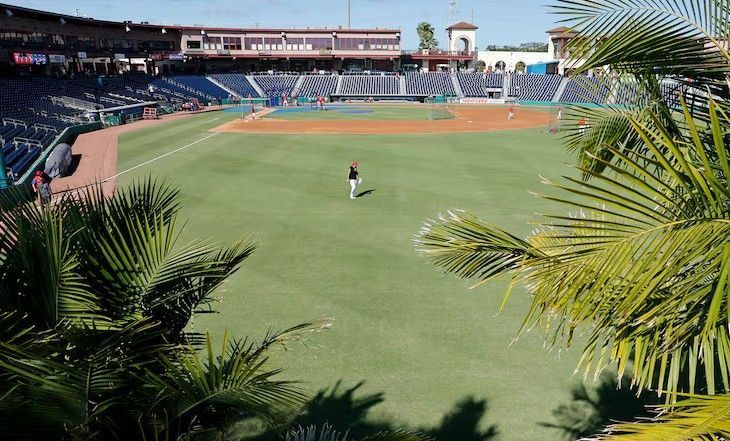What to Do If You’ve Received a Substantial Damage Letter: Next Steps for Property Owners
If you're a property owner in Florida and have recently received a substantial damage letter from your county Property Appraiser, you’re likely facing questions about what this means for your property and how to move forward. These letters are typically issued after a natural disaster, such as a hurricane or flood, and indicate that your property has sustained damage exceeding 50% of its pre-damage market value. These letters are currently being sent in the aftermath of Hurricanes Helene & Milton.
Understanding the implications of this letter and the FEMA 50% Rule is crucial for navigating the rebuilding or repair process. Here's a guide to help you take the next steps—and how Cliggitt Valuation can support you along the way.
What Does the FEMA 50% Rule Mean?
The FEMA 50% Rule is a regulation that impacts properties located in special flood hazard areas (SFHAs). According to this rule, if a property has been deemed “substantially damaged,” the cost of repairs cannot exceed 50% of the property’s pre-damage market value unless the property is brought into compliance with current floodplain management regulations.
For example, if your property had a pre-damage market value of $200,000, repair costs must remain below $100,000 unless you elevate or retrofit the structure to meet current codes.
Steps to Take After Receiving a Substantial Damage Letter
- Understand Your Letter
Carefully review the letter from your county or municipality. It will outline the substantial damage determination and may include additional instructions or deadlines for compliance. - Consult with Your Insurance Provider
Contact your insurance provider to determine the extent of your coverage for repairs or rebuilding. This information will be crucial in planning your next steps. - Obtain a FEMA 50% Rule Appraisal
A FEMA-compliant appraisal is a critical step in determining your property’s pre-damage market value. This appraisal will provide the documentation needed to comply with the 50% Rule and is often required by the county or municipality to proceed with repairs. - Plan for Repairs or Compliance
Work with contractors or architects familiar with local floodplain regulations to create a repair or rebuilding plan that aligns with FEMA requirements. - Coordinate with Your Local Building Department
Submit the required documents, including the FEMA 50% Rule appraisal, to your local building department for review. You may need permits before beginning any work.
How Cliggitt Valuation Can Help
At Cliggitt Valuation, we specialize in FEMA 50% Rule appraisals for property owners facing substantial damage determinations. Here's how we can assist you:
- Accurate Pre-Damage Market Value Assessments
Our team provides reliable, FEMA-compliant appraisals to establish your property’s pre-damage value. These appraisals are critical for ensuring compliance with the 50% Rule and avoiding delays in the rebuilding process. - Expertise in Local Regulations
With extensive experience in Florida’s real estate market, we understand the nuances of local floodplain management regulations and can provide insights tailored to your specific situation. - Timely and Professional Service
We know how urgent these matters are, and our appraisers work diligently to deliver accurate reports promptly so you can move forward with your recovery plans.
Take Control of the Process Today
Receiving a substantial damage letter can feel overwhelming, but you don’t have to navigate it alone. With the right guidance and documentation, you can comply with FEMA regulations and get your property back on track.
Contact Cliggitt Valuation today to schedule your FEMA 50% Rule appraisal. Let us help you move forward with confidence and clarity.
Thank you for your interest. If you are in need of Appraisal & Valuation services in the West Central Florida Market, contact:
Mike Cliggitt, MAI, MRICS, CCIM
813.405.1705 | 863.661.1165 - Direct Lines
findvalue@cliggitt.com
SHARE CONTENT





